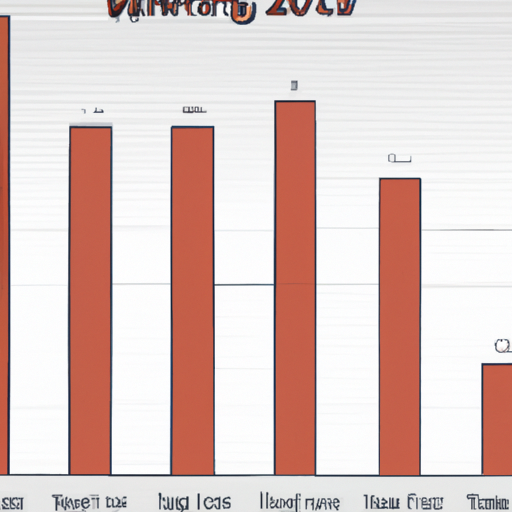The High Failure Rate of Web3 Gaming: Examining CoinGecko’s Study
Introduction
The world of Web3 gaming has been expanding rapidly in recent years, with blockchain technology revolutionizing the gaming industry. However, a recent study conducted by CoinGecko, a leading cryptocurrency data platform, has shed light on a concerning trend – a high failure rate in the Web3 gaming sector. According to their findings, a staggering 75% of games launched in the past five years have become inactive. This article delves deeper into the study’s key points and explores the potential reasons behind this high failure rate.
Key Points
The study conducted by CoinGecko on the Web3 gaming sector reveals several important insights:
1. Inactivity of 75% of Games
– CoinGecko’s study found that three out of every four games launched in the past five years have become inactive.
– This indicates a significant failure rate within the Web3 gaming sector, raising concerns about the sustainability and longevity of these games.
2. Lack of User Engagement
– The study suggests that a common reason for game inactivity is the lack of user engagement.
– Despite the underlying blockchain technology and potential for decentralized ownership, these games fail to captivate and retain a substantial user base.
– This highlights the importance of creating immersive and engaging gameplay experiences to ensure the success of Web3 games.
3. Technical Challenges and Complexity
– Developing and maintaining Web3 games can be more technically challenging compared to traditional games.
– The integration of blockchain technology and smart contracts introduces additional complexities.
– These technical challenges can result in development roadblocks and hinder the overall success of Web3 games.
4. Market Saturation and Oversupply
– The rapid growth of the Web3 gaming sector has led to market saturation and oversupply of games.
– This saturation makes it difficult for individual games to gain visibility and attract a significant user base, ultimately leading to game inactivity and failure.
The Potential Implications
The high failure rate of Web3 games outlined in CoinGecko’s study raises concerns about the long-term viability and sustainability of the Web3 gaming sector. While blockchain technology offers promising opportunities for decentralized ownership and innovative gameplay mechanics, it is crucial for game developers to address the challenges and shortcomings identified in the study. By focusing on user engagement, overcoming technical complexities, and navigating the saturated market, developers can increase the chances of success and create a thriving Web3 gaming ecosystem.
In conclusion, CoinGecko’s study serves as a wake-up call for the Web3 gaming industry. It emphasizes the need for innovation and improvement to ensure the long-term success of blockchain-based games. Developers must strive to create captivating, user-centric experiences while overcoming technical challenges. With careful consideration and adaptation, the Web3 gaming sector can overcome its current high failure rate and pave the way for a new era of immersive and sustainable games.
